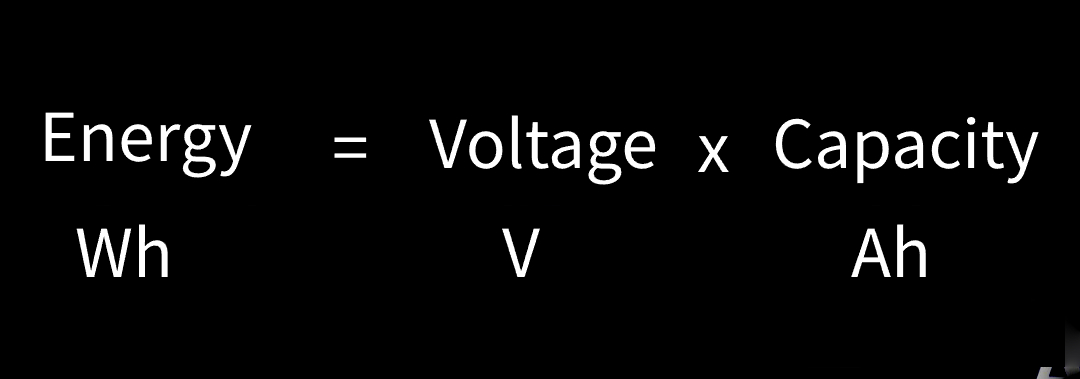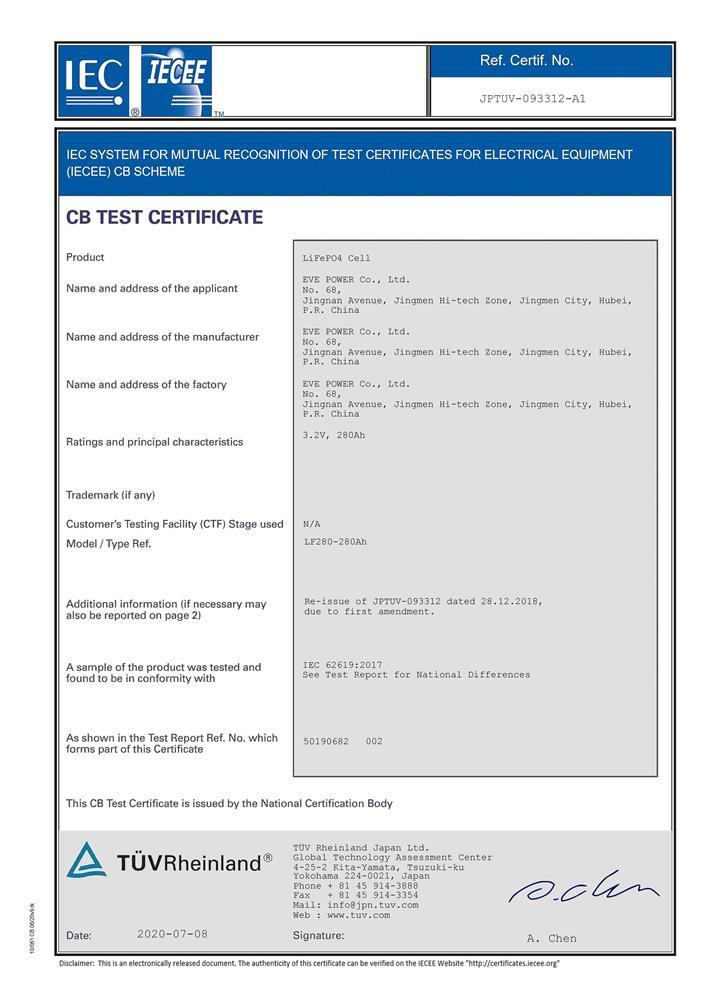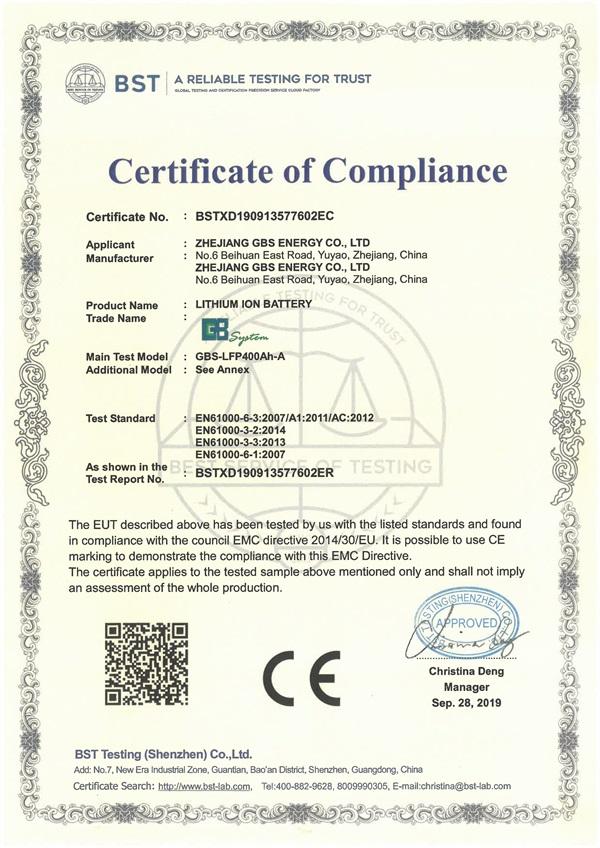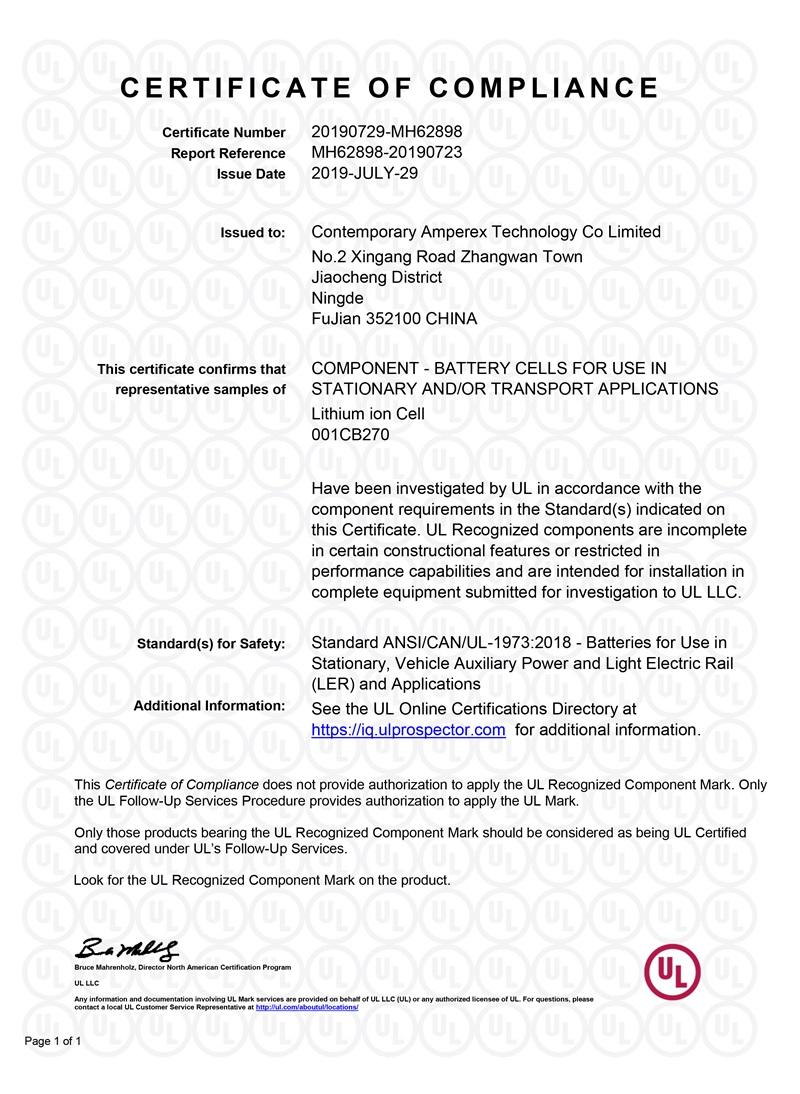Blog
What’s the difference between Amp hours (Ah) and Watt hours (Wh)?
2025-09-28 | Calvin

If you’re sizing a battery bank for an RV, boat, tiny home, or off-grid cabin, you’ll run into two key specs: amp-hours (Ah) and watt-hours (Wh). They’re related, but they’re not the same thing — and mixing them up can leave you short of power when you most need it. Below I’ll walk you through what each one means, how to convert between them, and how to use those numbers to pick the right battery and system for your adventures.
Watt-hours = power × time
Power is measured in watts (W). A watt-hour (Wh) tells you how many watts are used across one hour — in other words, energy.
Example: a 50 W light bulb used for 24 hours consumes:
- 50 W × 24 h = 1,200 Wh (that’s one thousand two hundred watt-hours).
So Wh is a handy way to total up daily energy needs: add the Wh for every device you’ll run during a 24-hour period.
Amp-hours = current × time
Amps (A) measure electrical current. An amp-hour (Ah) tells you how many amps flow over one hour.
Example: a 150 Ah battery could, in theory, deliver:
- 150 A for 1 hour (150 A × 1 h = 150 Ah), or
- 75 A for 2 hours (75 A × 2 h = 150 Ah).
Ah describes charge capacity, but without knowing the battery voltage it doesn’t tell you the total energy — that’s why Wh is often more useful when comparing systems with different voltages.
Converting between Wh and Ah (step-by-step)
These are the two simple formulas to remember:
- Watt-hours = Amp-hours × Volts
Wh = Ah × V - Amp-hours = Watt-hours ÷ Volts
Ah = Wh ÷ V
Example 1: A 12 V battery rated 200 Ah:
- Wh = 200 Ah × 12 V = 2,400 Wh (that’s two thousand four hundred watt-hours).
Example 2: A battery rated 1,200 Wh at 12 V:
- Ah = 1,200 Wh ÷ 12 V = 100 Ah.
Note how a 24 V, 100 Ah battery also gives:
- Wh = 100 Ah × 24 V = 2,400 Wh — same energy as the 12 V, 200 Ah bank. Higher voltage ↓ Ah needed for same Wh.
Real-world caveats (don’t rely on nameplate numbers alone)
- Usable capacity (Depth of Discharge, DoD):
Lead-acid batteries are typically limited to ~50% DoD to preserve life. LiFePO4 batteries (LFP batteries) typically allow far deeper discharge — often 80–100% usable — which means more usable Wh for the same rated Ah. So a 200 Ah lead-acid at 12 V (2,400 Wh) might only give ~1,200 Wh usable if you limit DoD to 50%. - Inverter and system losses:
If you convert DC battery energy to AC (an inverter), expect losses — often around 10–15% depending on the inverter and load. Factor that into your Wh budget. - Battery efficiency & temperature:
Charging/discharging efficiency, cell chemistry, and temperature all affect usable energy. - C-rate (charge/discharge speed):
The C-rate tells you how fast you can charge/discharge safely. A 1C discharge on a 20 Ah battery equals 20 A for 1 hour. Higher C rates may reduce usable capacity or shorten lifespan. - Wire sizing and safety:
Amp rating (current) — not Wh — dictates wire gauge. Higher current needs thicker wires and more robust fusing.
How to size a battery for your daily needs (step-by-step)
- List every device and its power (watts) and daily run time (hours).
- Calculate daily Wh for each device: watts × hours. Add them up for total daily Wh.
- Factor inefficiencies: add ~10–20% for inverter losses and other system inefficiencies.
- Determine usable battery capacity required: ÷ usable DoD.
Example: If you need 2,000 Wh/day and your LFP battery is safe to 80% DoD, required battery energy = 2,000 Wh ÷ 0.8 = 2,500 Wh. - Choose system voltage (12V, 24V, 48V) and convert to Ah: Ah = Wh ÷ V.
For 2,500 Wh at 24 V → Ah = 2,500 ÷ 24 ≈ 104.2 Ah. - Allow reserve capacity for cloudy days, unexpected use, or battery ageing.
Why LiFePO4 (LFP) often makes more sense than lead-acid
- Higher usable DoD (more of the rated Wh is usable).
- Longer cycle life (you replace batteries less often).
- Better efficiency and lower maintenance.
In short — LFP gives you more usable energy and better lifecycle economics, even if the upfront cost is higher.
FAQs
Q: Which is better to compare batteries — Ah or Wh?
A: Wh is better because it shows total energy regardless of voltage. Ah is useful when you already know the system voltage.
Q: How do I factor inverter losses?
A: Multiply your needed AC Wh by 1.1–1.2 (10–20% overhead) before sizing battery Wh.
Q: Can I convert Ah to Wh for any battery?
A: Yes — use Wh = Ah × V, but remember to use the nominal battery voltage (e.g., 12 V, 24 V).
- Next:5 Reasons LiFePO4 Batteries Are the Best Choice for Marine Boats
- Previous:Tesla Battery Types: A Simple Guide for Model S, 3, X, and Y
Contact Details
Lithium LiFePO4 Batteries and Lithium LiFePO4 Cells Supplier - LiFePO4 Battery Shop
Contact Person: Miss. Elena Wang
WhatsApp : +8615263269227
Skype : +8615263269227
WeChat :15263269227
Email : info@lifepo4batteryshop.com
All Products
- A123 Battery (5)
- Sinopoly Battery (7)
- GBS Battery (16)
- CALB Battery (22)
- Cylindrical Cell (3)
- Energy Storage System (0)
- Battery Management System (2)
- Sodium ion Battery Cell (3)
- Lithium Titanate Battery (16)
- Ternary Lithium Battery Cell (11)
- REPT Battery (8)
- BYD Battery (2)
- CATL Battery (14)
- Thunder Sky Winston Battery (21)
- EVE Battery (29)
- LiFePO4 Battery Cell (4)
Certification
Customer Reviews
- I have fond memories of our meeting in Shanghai with LiFePO4 Battery Shop Elena. Your company left a strong impression on me with its impressive growth and professionalism. We both value straightforwardness and honesty, which I believe are the most important qualities in any partnership. I am confident that we can build a successful collaboration based on these shared values. —— Robert from USA
- I've been working with LiFePO4 Battery Shop for years, and their reliability is unmatched. While other suppliers frequently change sales teams, LiFePO4 Battery Shop has consistently provided exceptional service with a stable team. Their commitment to quality and customer support truly sets them apart. —— Henry from Australia



